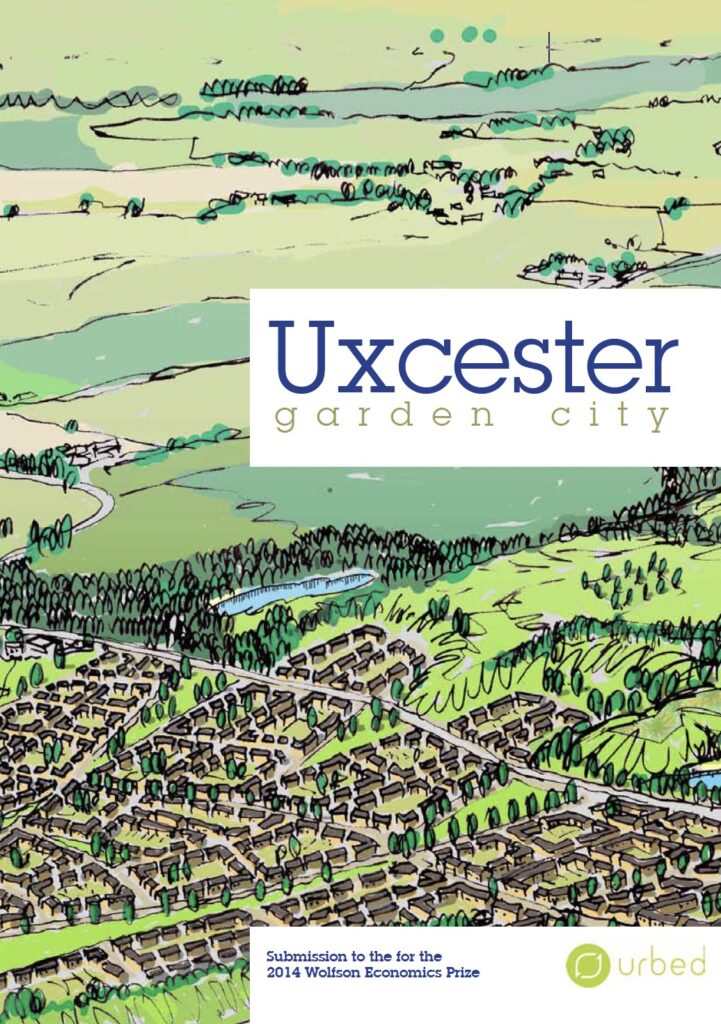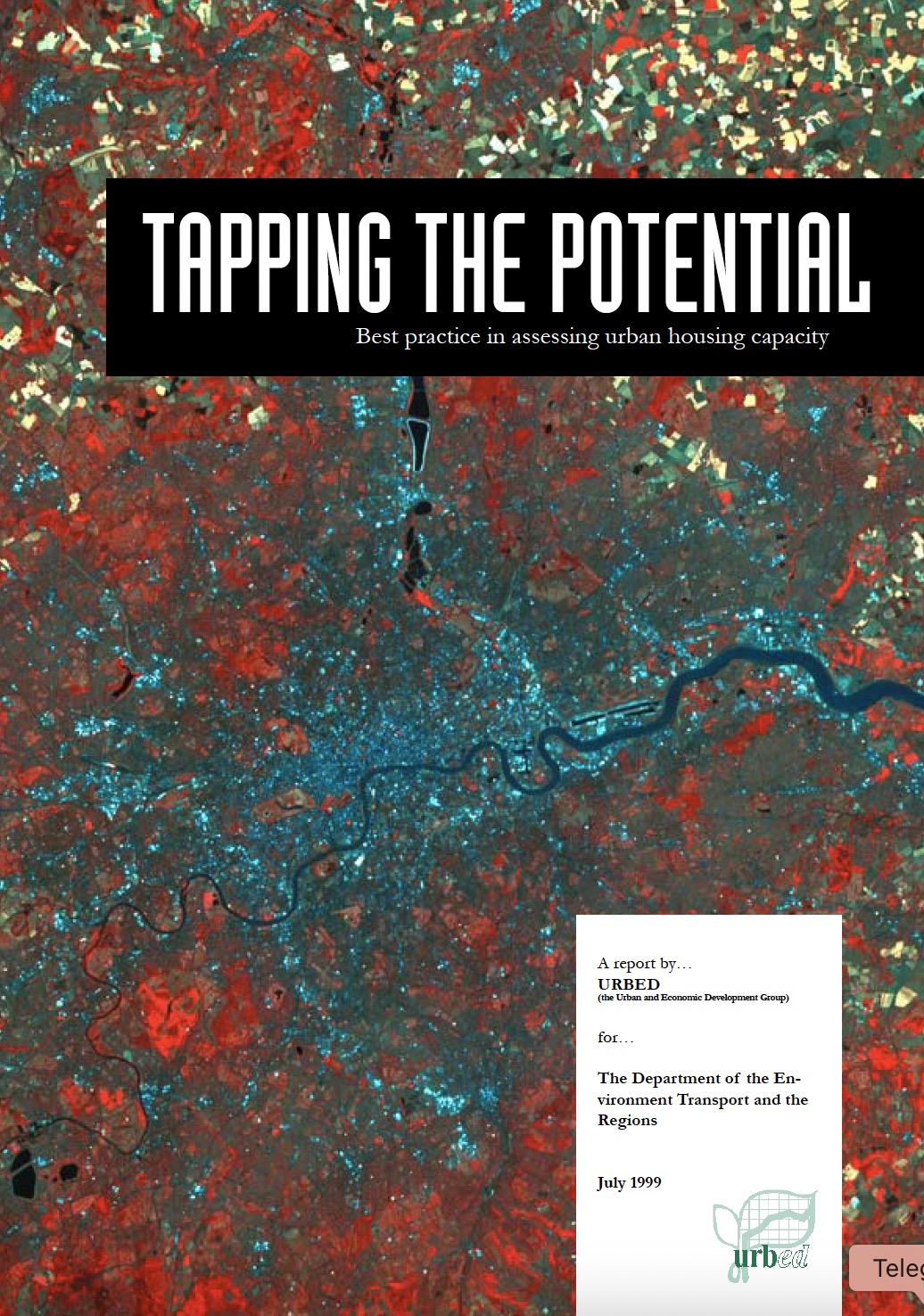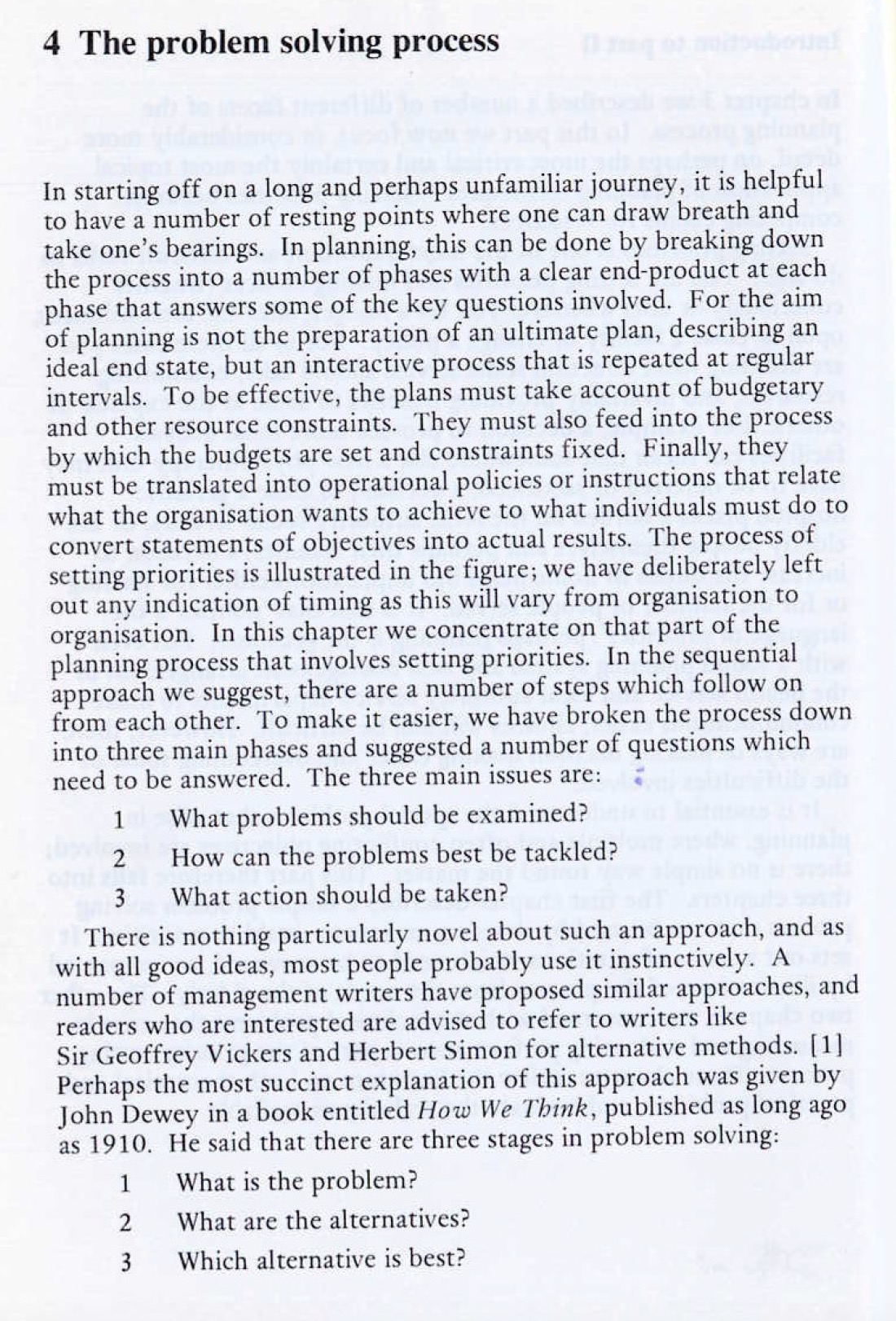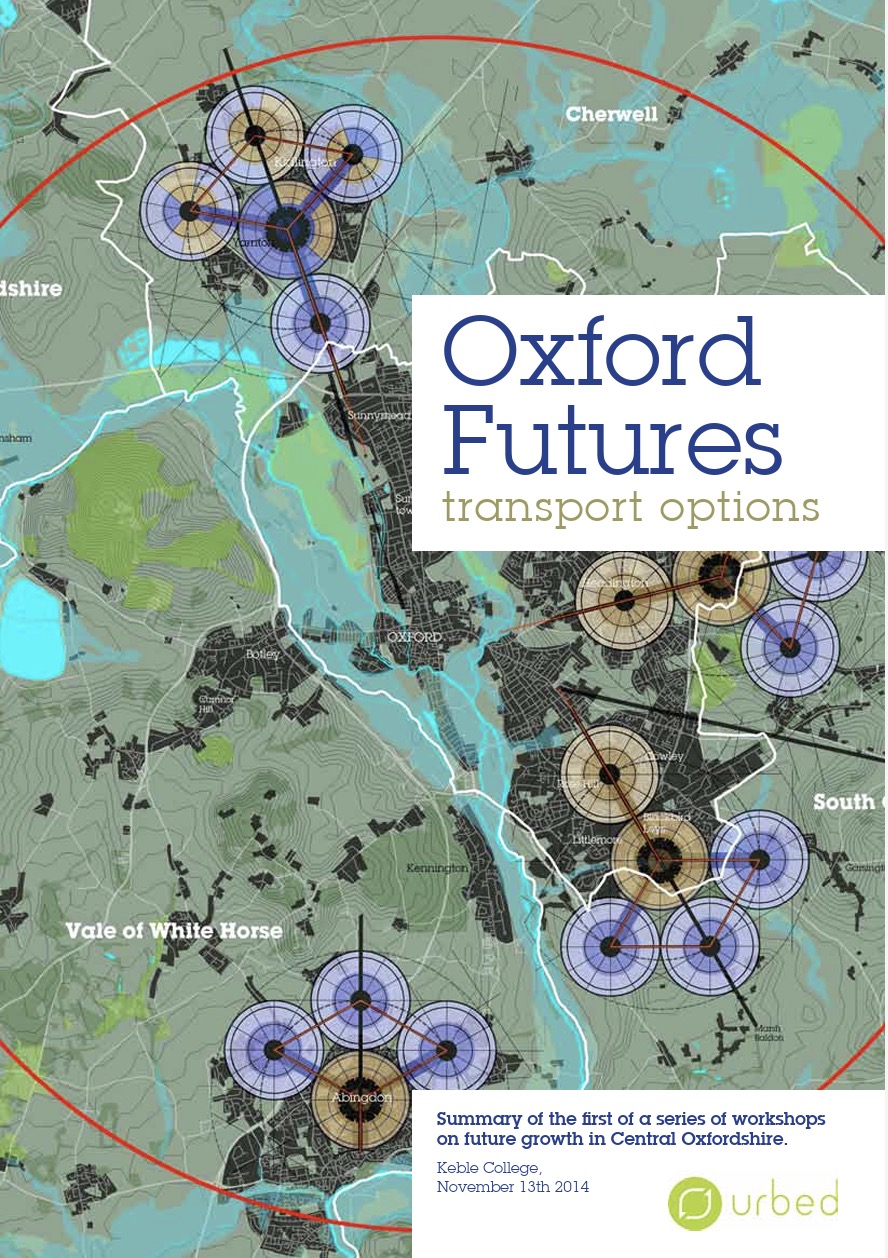The proposed development for the fictitious city of Uxcester advocates expanding an established city by integrating three substantial urban extensions within a 10-kilometre radius. Aiming to double the population to approximately 400,000 over 40 years, the plan emphasises sustainability, community buy-in, and minimal ecological impact. It proposes a ‘social contract’ to allay local resistance, ensuring new green spaces offset developed land, and infrastructure enhancements—particularly tram or Bus Rapid Transit (BRT)—to facilitate efficient connectivity. This approach advocates amalgamating urban infill with outward expansion, creating a hybrid cityscape that synthesises the best of both worlds. The strategy underscores that, given contemporary economic and planning constraints, growth is more effectively rooted within existing urban fabric than through wholesale new foundations.
Uxcester Garden City: Wolfson Economics Prize submission 2014
Authors:
David Rudlin and Dr Nicholas Falk
Date:
September 2014
Themes:
Uncategorised
Tags:
Summary:
We describe in this essay (our winning submission for the 2014 Wolfson Economics Prize) a plan to create a garden city of almost 400,000 people by doubling the size of an existing city. This is based on a real city, if not one that we identify. We have called it Uxcester and created it from an amalgam of at least six other cities, all places with populations nearing 200,000, with long histories, established institutions and settled communities.
Ask a question of this publication
We've trained our AI on this publication, so it can answer questions relevant to your area of interest. Try asking it a question, such as:
- What are the author's three main recommendations from this publication?
- As an urban planner, what is this publication asking me to do differently?
- What problems and solutions does this publication identify?
- Summarise this publication in 100 words
- What examples of good practice are given and what can we learn from them?
Ask a question above to see the response here
Disclaimer: The answers provided are generated by machine inspired by the content of this publication, but may incorporate extraneous or inaccurate information. Please use your discretion and caution when interpreting these answers.





